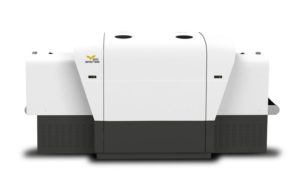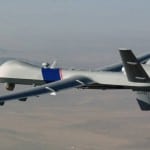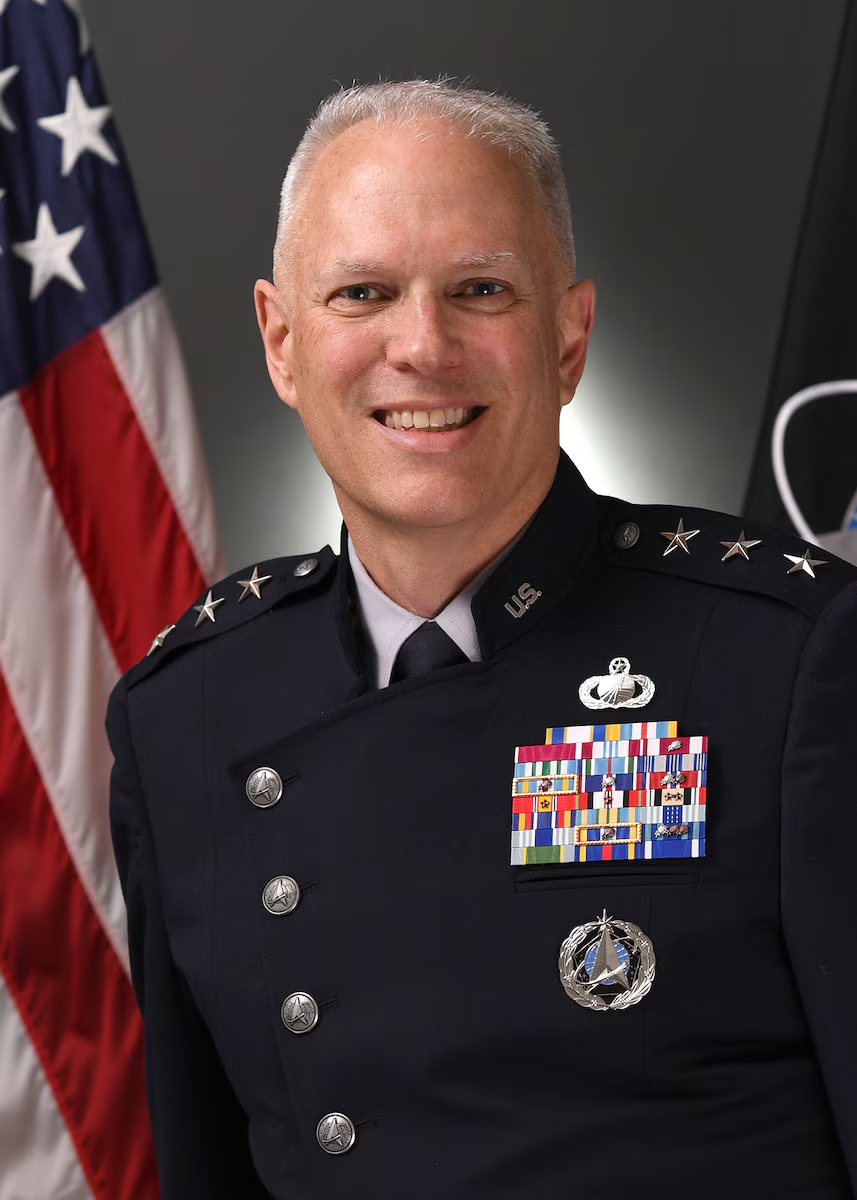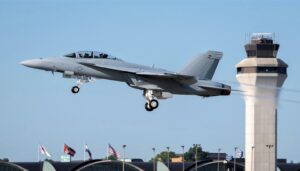
IDSS Says First to Achieve TSA’s Level 1 Certification for Checkpoint Scanning Integrated Defense and Security Solutions (IDSS) says the Transportation Security Administration has certified the company’s DETECT 1000 computed tomography (CT) checkpoint baggage scanner to Level 1 Advanced Passenger Security Screening (APSS) certification, the first company to achieve this milestone. IDSS says the APSS specification defines multiple levels of performance represented by numerically increasing levels, with each level an increase in threat detection. The company reached the initial Level…

 By
By 











